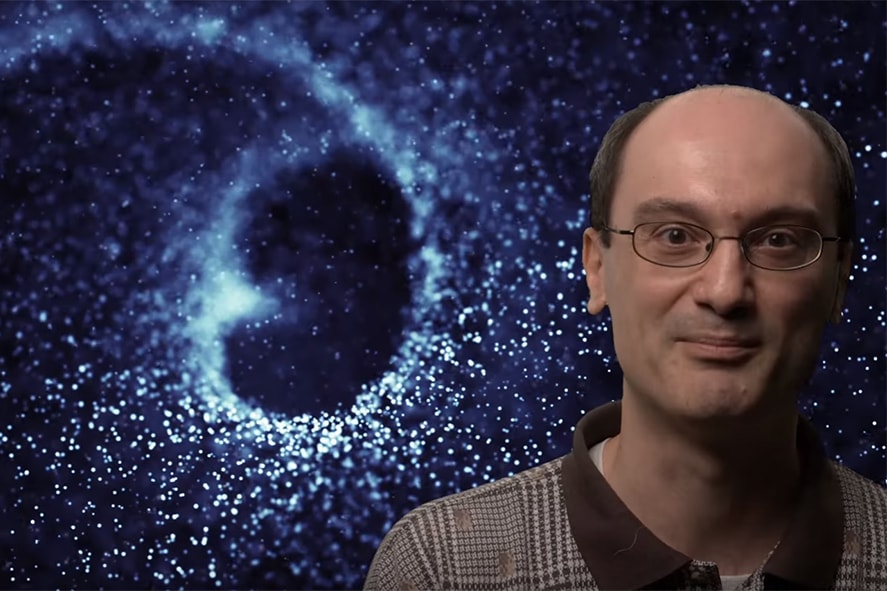Our Research
High-energy astrophysics is the study of the behaviour of fields and matter at the highest energies in extreme cosmic environments like gamma-ray bursts, active galactic nuclei, neutron stars, black holes, and the Big Bang. It is a diverse research area concerned with modelling phenomena like cosmic-ray shock acceleration, supernovae and other cosmic explosions, relativistic winds and jets, accretion disks, extreme gravitational and magnetic fields, nonthermal and coherent radiation mechanisms, and the equation of state of bulk nuclear matter, to mention just a few.
Researchers in the School of Physics have been engaged in a broad program of research in high-energy astrophysics for over three decades. The School is a member of the Laser Interferometer Gravitational-Wave Observatory (LIGO) Scientific Collaboration, a large international project which detected directly Einstein's elusive gravitational waves for the first time in 2015, a historic discovery. Researchers in the School are involved in gravitational wave data analysis, in collaboration with signal processing experts from Department of Electrical and Electronic Engineering, and are at the forefront of producing first-principles physical models of gravitational wave sources. They are also involved in exploiting the light-bending power of gravity - gravitational lensing - and advanced optical spectroscopy to study the structure of the dark and luminous matter in galaxies and the dynamics of the accretion disks and black-hole central engines in quasars. Neutron stars have been a focus of high-energy astrophysics research since their discovery in the 1960s. They offer a natural laboratory for studying bulk nuclear matter at densities 1015 times greater than water and magnetic fields 1015 times stronger than the Earth's. The School conducts cross-disciplinary research in neutron star theory, ranging from studies of quantum fluids in the stellar interior to electromagnetic fields on the stellar surface, in collaboration with condensed matter physicists and fluid dynamics experts from the Department of Mechanical Engineering.
